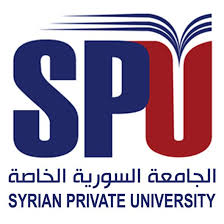A computational model study for complete frequency redistribution linear incoherent two-level atomic radiation trapping in optically dense media using the multiple scattering representation is presented. This model study discuss at length the influen
ce of the spectral distributions, overall opacity and emission quantum yield to trapping distorted ensemble quantities stressing physical insight and with a non-specialist audience in mind. Macroscopic reemission yield, lifetime, steady state spectra and spatial distributions are calculated as a function of intrinsic emission yield, opacity and external excitation mode for Doppler, Lorentz and Voigt lineshapes. The work could constitute the basis for a final undergraduate or beginning graduate project in computational physics instruction and implements the analytical developments of the previous instalment of this contribution.
A simple stochastic formulation of the multiple scattering representation solution of the classical linear incoherent trapping problem is presented for a broad audience. A clear connection with the alternative Holsteins solution ansatz is emphasized
by the (re)interpretation of the fundamental mode as the one associated with a relaxed nonchanging spatial distribution of excitation. Expressions for overall relaxation parameters (ensemble emission yield and lifetime) as well as time-resolved (decay and spatial distribution) and steady-state quantities (spectra and spatial distribution) are given with the fundamental mode contribution singled out. The multiple scattering representation is advocated for final undergraduate and beginning graduate physics instruction based on physical insight and computation feasibility. This will be illustrated in the following instalment of this contribution.


